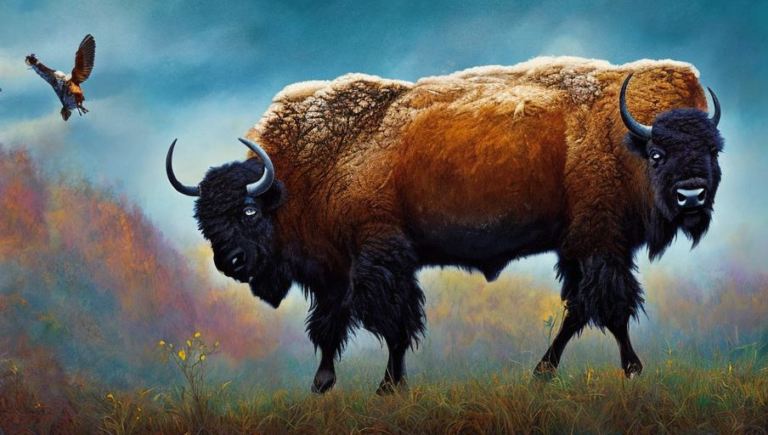Journey of the Crane

Introduction to the Crane
The crane is a large bird that is found in various parts of the world. It is a symbol of luck and longevity in many cultures, and its graceful, vertical flight has made it an iconic figure in many cultures and a beloved subject of numerous works of art. Cranes are known for their long legs and long necks, and they can be seen in both wet and dry habitats. They feed on small aquatic animals such as insects, snails, and shrimp.
The Migratory Patterns of Cranes
Cranes are migratory birds, which means they travel long distances to reach their wintering grounds. Cranes typically migrate in large flocks and can be seen flying in V-formations. Cranes migrate to find food sources, escape harsh weather conditions, and seek out more suitable habitats. The timing of the migration depends on the species and the location, but usually takes place between late summer and early fall. Cranes can fly up to 600 miles (965 km) in a single day.
Habitats of Cranes
The habitats of cranes vary depending on the species, but they can mostly be found in wetlands, grasslands, and open woodlands. Cranes typically nest in wetlands, where they have access to food, water, and the protection of tall vegetation. During the winter, they migrate to warmer climates, where they can find food and shelter. Cranes can also be found in more urban areas, such as parks and golf courses, where they have access to food and water.
Threats to the Crane
Cranes face numerous threats, including habitat loss, hunting, and pollution. They are also vulnerable to changes in climate and weather, as well as disease and predation. To protect them, it is important to protect their habitats from destruction and pollution, and to ensure that hunting and trapping are limited. Additionally, it is important to reduce the impact of climate change, as it can have a devastating effect on their habitats.
Conservation Efforts for the Crane
Many organizations around the world are working to protect the crane and its habitats. These organizations are involved in research, monitoring, and advocacy, as well as habitat protection and restoration. Additionally, many governments have established laws and regulations to protect the crane and its habitats. Finally, many species of cranes are now protected under international treaties and conventions, such as the Convention on International Trade in Endangered Species of Wild Fauna and Flora (CITES).
The Beauty of the Crane
Cranes are beautiful birds that have been celebrated in cultures around the world for thousands of years. Their graceful movements, powerful wings, and majestic calls make them a sight to behold. They are also a symbol of longevity and good luck, and their presence is a reminder of the beauty and fragility of nature. As we work to protect the crane and its habitats, it is important to remember the beauty and importance of this majestic creature.





